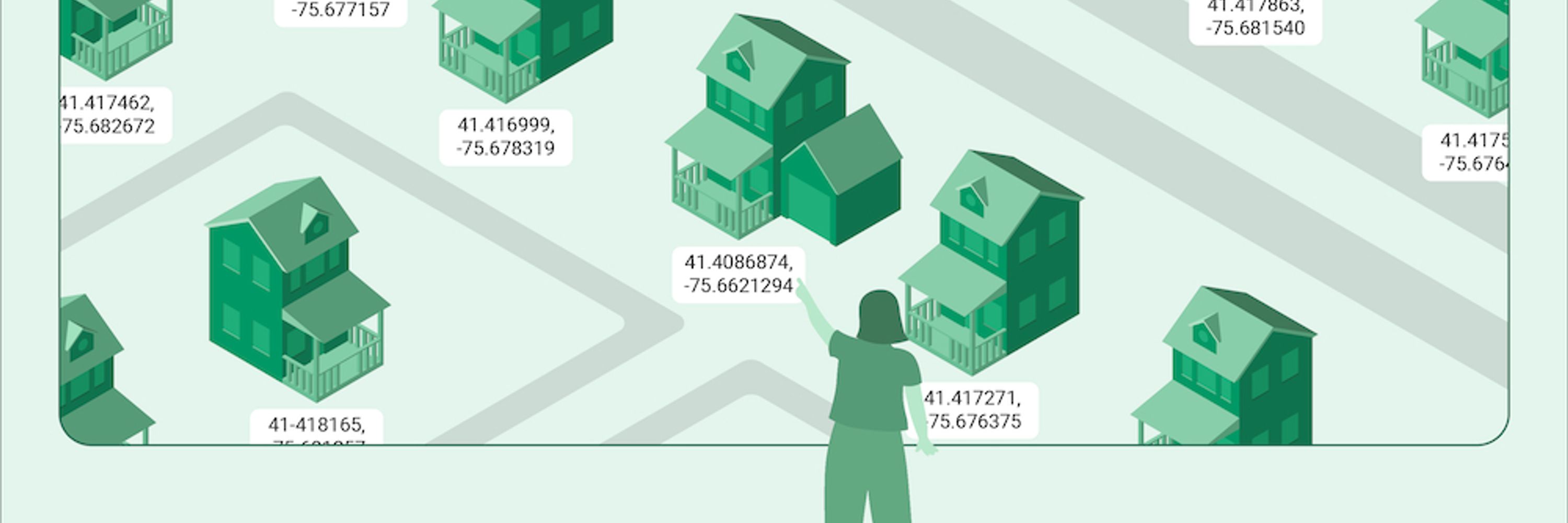
OpenCage
@opencagedata.bsky.social
33 followers
1 following
770 posts
Worldwide, affordable geocoding and geosearch using open data. Since 2013. https://opencagedata.com
We organize Geomob events/podcast: https://thegeomob.com
Based in Germany, serving customers worldwide.
Posts
Media
Videos
Starter Packs











